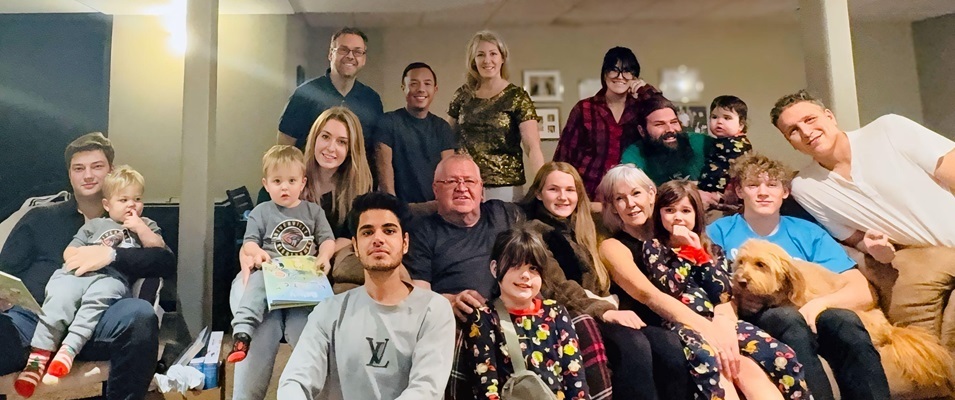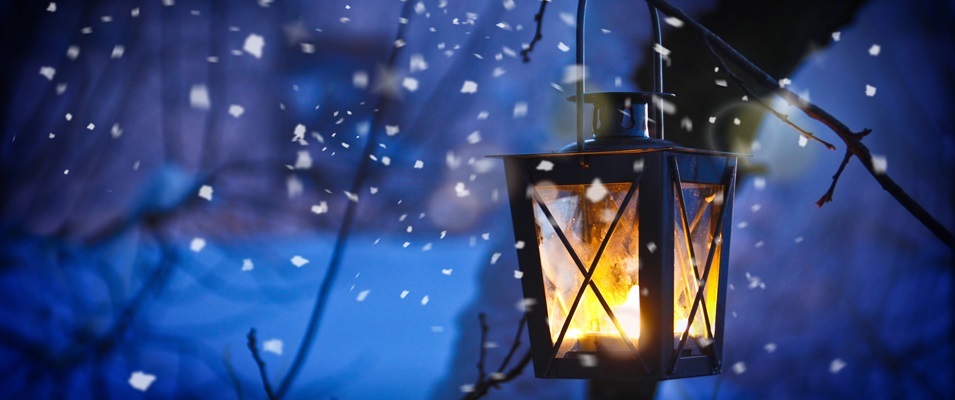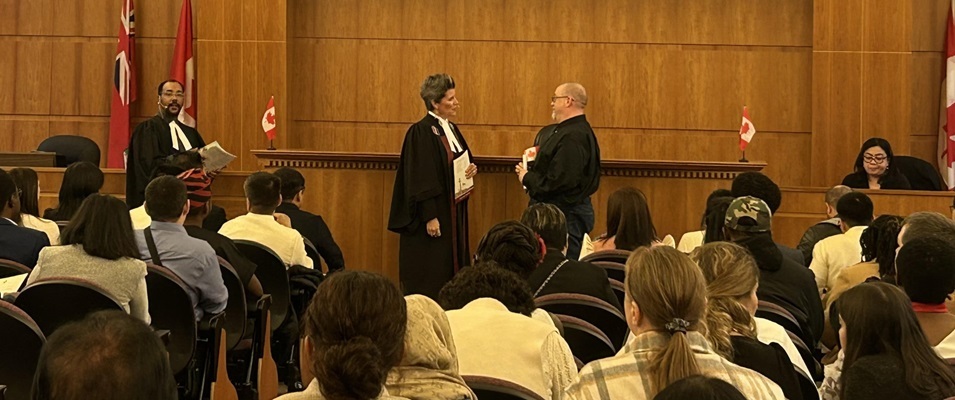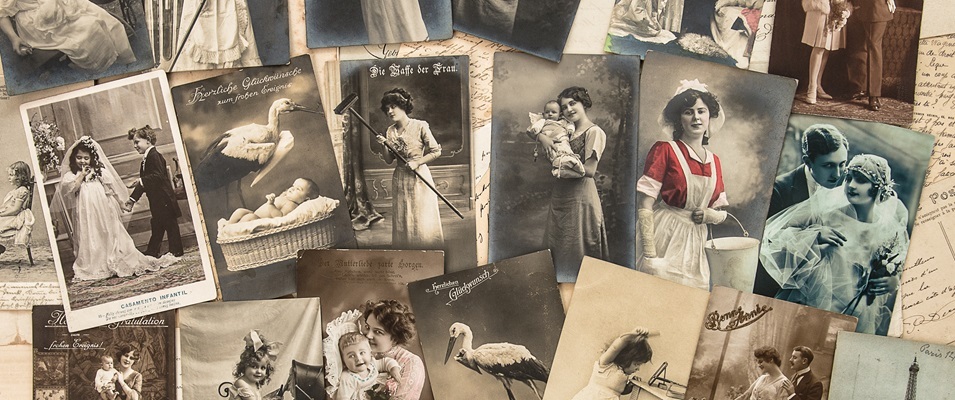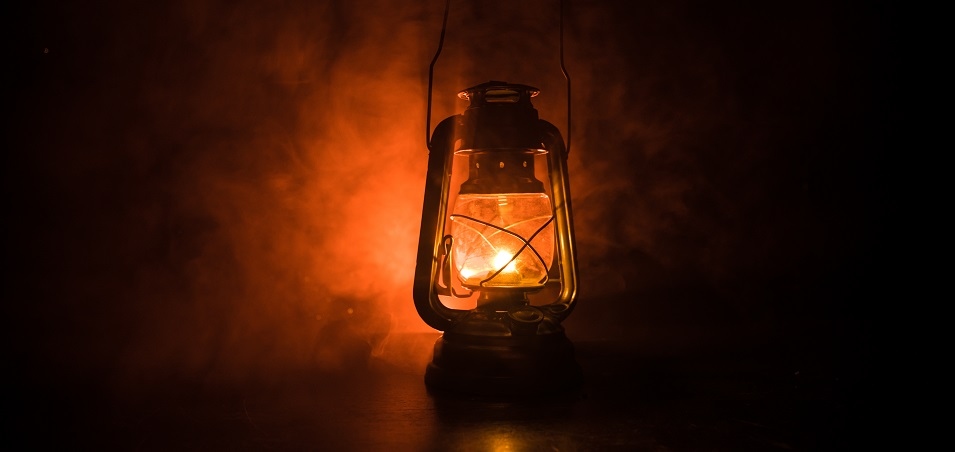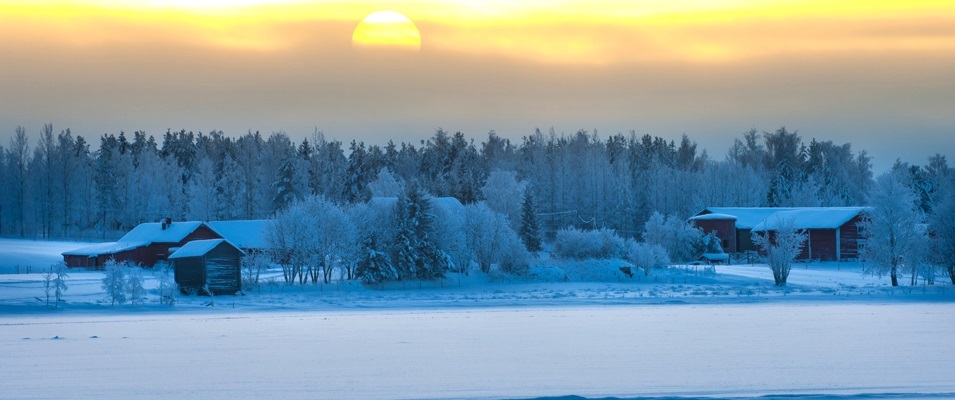
This Solstice, I dance with 11 incredible, magickal we’moon (think: “women,” but non-binary and certainly wild, in the best sense of the word). There are 12 of us, one for each month of the year.
We begin the dance with nine dancers—three groups of three, a sacred number—and exactly two of our dance sisters are three months pregnant. Their beautiful bare pregnant bellies are symbolic of a new sun (Solstice) and, in a Christian understanding, of a new son (Christmas). Both may serve as an allegory for hope that the world very much needs. The dances create contracting and expanding circles, symbolic of the sun’s shortest time in the sky before the days begin to lengthen again.
Cross-culturally, the winter Solstice is significant in many traditions and manifests in different ways.
On the eve of Solstice, December 21, all 12 of us will be adorned in silver jewellery, wearing all white, and our facial adornments will mimic frost. Our two beautiful pregnant mamas will figure prominently at the front of two lines that flank the musicians. When the mamas move their arms, we will all follow sequentially in a canon. This produces the sight of two pregnant we’moon with many arms, a formation that is aptly known as a Goddess line.
Our intentions for this ritual dance parallel some of the intentions found in other traditions at this time of year—hope, peace, rebirth. This darkest time of year beckons us to be calm amid the chaos and to reflect inwardly.
The literal darkness of the days may be symbolic for challenges that have been mounting, whether it’s missing loved ones who are no longer with us, especially during the holidays, or in surviving the cold weather and fruitless earth. But the literal darkness also blankets us in a safe coziness. It is a peaceful time to look inward and reflect.
The English word Yule has come to mean “Christmas,” yet it hails from an Old English word that referred to a 12-day Pagan feast. Many of the Christmas traditions we now enjoy pre-date Christianity and once were, and still remain in some form, a part of Pagan rituals that celebrate the winter Solstice—Yuletide carols and the Yule log, what is now widely known as the Christmas tree, just to name a few.
I was raised in a multifaith home that included Christianity, but most importantly I was encouraged to have an open, loving heart and a critically thinking mind (shoutout to my amazing parents). So, when asked what this time of year means to folks who do not identify as Christian, it gave me pause to consider what assumptions the framing itself reveals.
My critical mind thought, “We may as well ask how these once-Pagan traditions came to have any meaning within Christmas.”
My open, loving heart responded, “In whatever ways ‘peace on earth’ can be culturally intelligible to folks, they are valid.”
Jesus taught that we should treat others as we wish to be treated. Buddhist compassion meditations involve wishing for others to know the root of happiness. In some Witchy spiritualities, we are called to put into the world only what we would also wish to receive.
These and many other perspectives underline compassion as fundamental, and they are in keeping with the hope offered by coming back into the literal light of waxing days, as well as the peace offered amidst the darkest days of the year.
On Christmas Day, I will once again end the usual festivities with a magickal visualization of sanctuary for those experiencing homelessness, including refugees. Last month, my dance sisters and I raised funds for a humanitarian aid organization. Whatever our ceremonial rituals, we ideally aim to align our actions with our highest intentions. Whether we engage in magick, prayer, meditation, the recitation of mantras, etc., we are moved to cultivate this hope and this peace in our internal world as well as in our external world.
As Pope Francis is often credited as saying, “You pray for the hungry. Then you feed them. That’s how prayer works.” As above, so below.
Wishing you a Happy Solstice, a Merry Christmas, and Peace on Earth to All!





